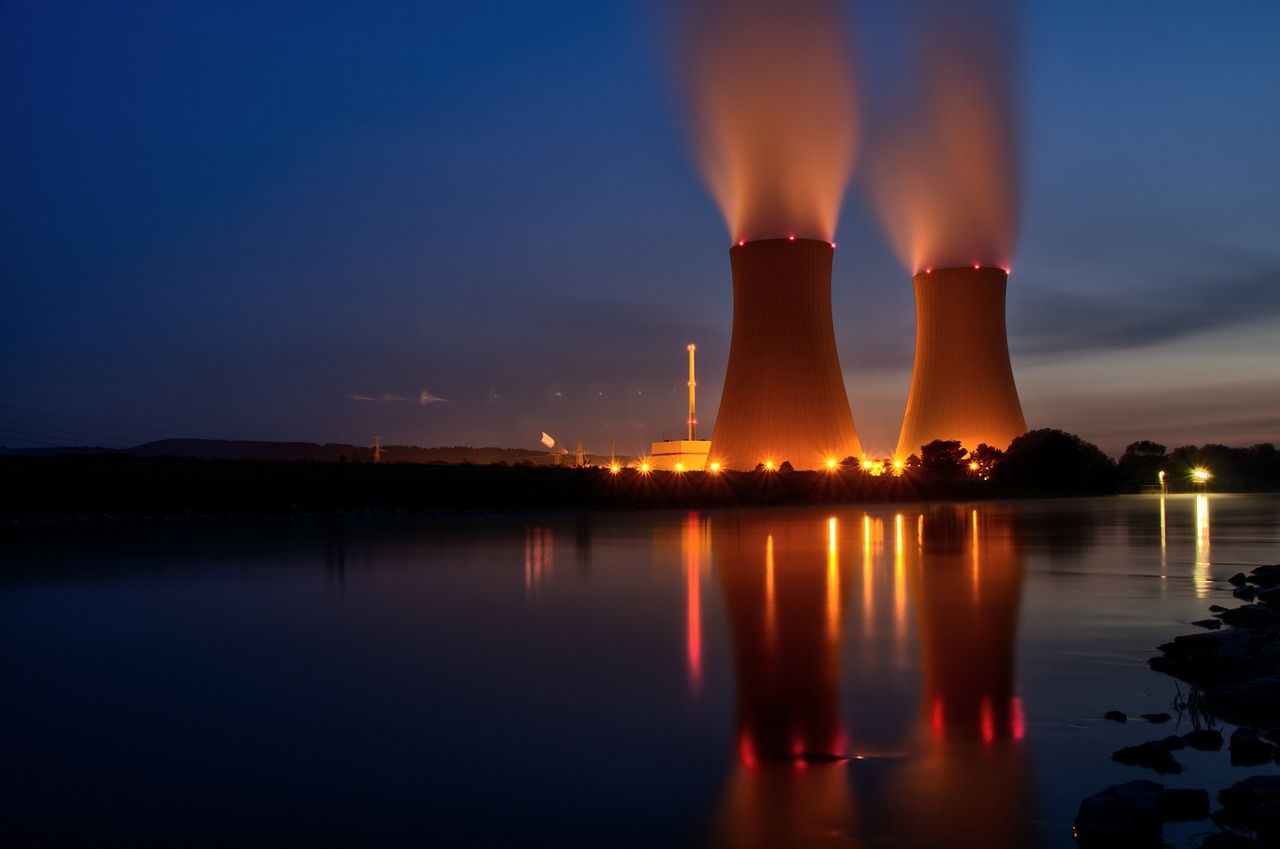The Nuclear Option: How Google Plans to Fuel Its AI Future
Google’s strategic partnership with Kairos Power represents a pivotal moment in the tech industry’s approach to sustainable energy solutions. This collaboration, focused on small modular reactors (SMRs), is a response to the escalating energy demands of Google’s AI infrastructure and data centers. This analysis delves into the motivations, implications, and potential outcomes of this groundbreaking venture.
The Energy Dilemma in AI
Growing Energy Demands
- AI’s Voracious Appetite: As AI models become more complex and widespread, their energy consumption has skyrocketed. Training large language models and running inference at scale require enormous computational resources.
- Data Center Expansion: Google’s global network of data centers continues to grow, necessitating reliable and scalable energy solutions.
- Sustainability Goals: The company faces pressure to meet ambitious carbon neutrality targets while expanding its operations.
Traditional Energy Sources: Limitations
- Grid Instability: Reliance on conventional power grids exposes Google to potential outages and fluctuations.
- Renewable Challenges: While solar and wind offer clean alternatives, their intermittent nature poses challenges for 24/7 operations.
- Fossil Fuel Dependence: Many regions still heavily rely on coal and natural gas, conflicting with Google’s environmental objectives.
Small Modular Reactors: A Game-Changing Technology
Advantages of SMRs
Efficiency and Scalability
- Modular design allows for easier scaling to meet specific energy needs.
- Higher thermal efficiency compared to traditional large-scale nuclear plants.
- Reduced construction time and costs due to standardized manufacturing.
Flexibility in Deployment
- Suitable for various locations, including areas with limited grid infrastructure.
- Can be integrated into existing energy systems or operate independently.
- Potential for co-generation of electricity and process heat for industrial applications.
Enhanced Safety Features
- Passive safety systems reduce the risk of accidents.
- Smaller core size and lower power output minimize potential consequences of incidents.
- Underground installation options provide additional physical security.
Operational Reliability
- Continuous baseload power generation ensures stable energy supply.
- Longer refueling cycles (up to several years) minimize downtime.
- Reduced vulnerability to fuel price fluctuations compared to fossil fuels.
Kairos Power’s Fluoride Salt-Cooled High-Temperature Reactor (KP-FHR)
- Innovative Design: Utilizes TRISO fuel particles and a molten fluoride salt coolant.
- Safety Advantages: Low-pressure operation and chemically stable coolant enhance safety.
- High-Temperature Output: Enables efficient electricity generation and potential for industrial heat applications.
Environmental and Economic Implications
Environmental Considerations
Carbon Footprint Reduction
- Near-zero greenhouse gas emissions during operation.
- Potential to significantly decrease Google’s overall carbon footprint.
- Contributes to global efforts in combating climate change.
Land Use Efficiency
- Smaller physical footprint compared to solar or wind farms of equivalent capacity.
- Reduces habitat disruption and land use conflicts.
Nuclear Waste Management
- SMRs produce less waste per unit of energy compared to traditional reactors.
- Advanced fuel designs may allow for more efficient fuel utilization and reduced waste.
- Long-term storage and disposal remain significant challenges.
Economic Impact
Cost Competitiveness
- Initial high capital costs offset by lower operational expenses over time.
- Potential for cost reductions through economies of scale and standardized manufacturing.
- Stable energy prices provide long-term financial predictability for Google.
Job Creation and Economic Stimulus
- Development and construction of SMRs create high-skilled jobs in engineering and construction.
- Potential for local economic growth in areas hosting these facilities.
- Investment in nuclear technology could spur innovation in related fields.
Energy Independence
- Reduced reliance on external energy sources enhances Google’s operational autonomy.
- Potential to sell excess power back to the grid, creating new revenue streams.
Challenges and Controversies
Regulatory Hurdles
- Licensing Process: Navigating complex regulatory frameworks for nuclear technology deployment.
- Safety Standards: Meeting stringent safety requirements and obtaining necessary certifications.
- Public Perception: Addressing concerns and potential opposition from local communities and environmental groups.
Security Concerns
- Physical Security: Implementing robust measures to protect nuclear facilities from external threats.
- Cybersecurity: Safeguarding critical infrastructure against potential cyber attacks.
- Non-Proliferation: Ensuring compliance with international nuclear non-proliferation agreements.
Technical Challenges
- First-of-a-Kind (FOAK) Issues: Overcoming unforeseen technical challenges in deploying new reactor designs.
- Supply Chain Development: Establishing reliable supply chains for specialized components and materials.
- Workforce Development: Training and maintaining a skilled workforce for SMR operations.
Broader Implications for the Tech Industry and Energy Sector
Setting a Precedent
- Google’s move could inspire other tech giants to explore nuclear options.
- Potential for collaborative efforts in nuclear R&D among major technology companies.
Accelerating SMR Development
- Increased investment and interest from the tech sector could speed up SMR commercialization.
- Potential for cost reductions and technological improvements through increased adoption.
Reshaping the Energy Landscape
- SMRs could play a crucial role in grid stabilization and decarbonization efforts.
- Potential to complement renewable energy sources in achieving a balanced and sustainable energy mix.
Conclusion
Google’s partnership with Kairos Power and investment in SMR technology represents a bold and potentially transformative approach to addressing the energy challenges of the AI era. While the venture faces significant technical, regulatory, and public perception hurdles, its success could pave the way for a new paradigm in sustainable energy for the tech industry and beyond.
As this initiative unfolds, it will be crucial to monitor its progress, assess its environmental and economic impacts, and evaluate its potential for replication across other sectors. The outcome of Google’s nuclear gambit could have far-reaching implications for the future of energy production, climate change mitigation, and the role of technology companies in shaping global energy policy.







